I'm working on a project which uses NHibernate as an ORM.
A fairly large number of entities can be loaded into the session as 'readonly' since they should not be updated after retrieval.
I've tried to do this in 2 different ways:
var entity = criteria.UniqueResult<MyType>();
_session.SetReadOnly(entity, true);
or:
criteria.SetReadOnly(true);
In both ways however, I can see that the entity is present in the PersistenceContext of the ISession.
Is this normal ? I'd expect that, since the entity is readonly/immutable, it should not be present in the PersistenceContext. The entity type is a complex type; it has multiple associations to other types.
